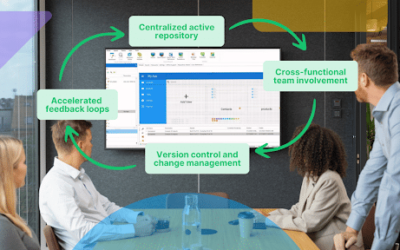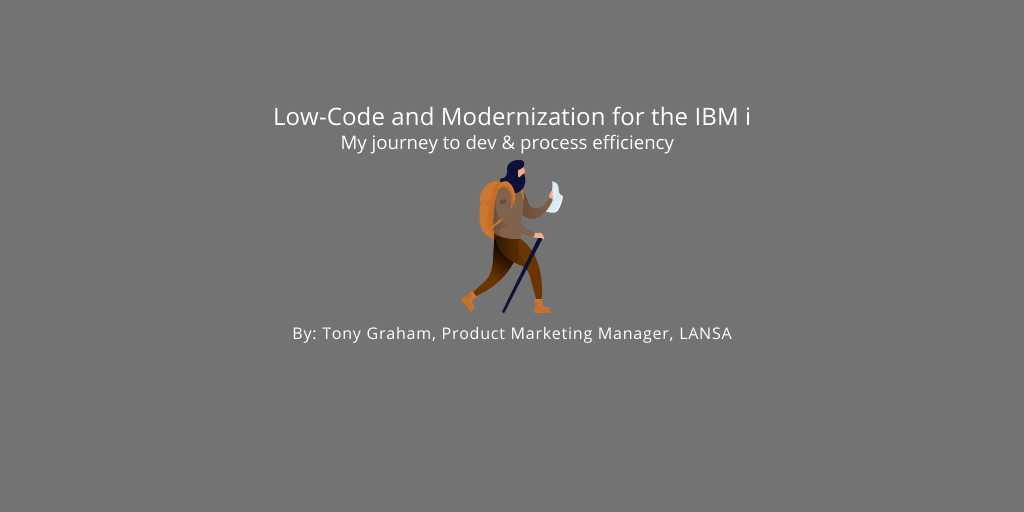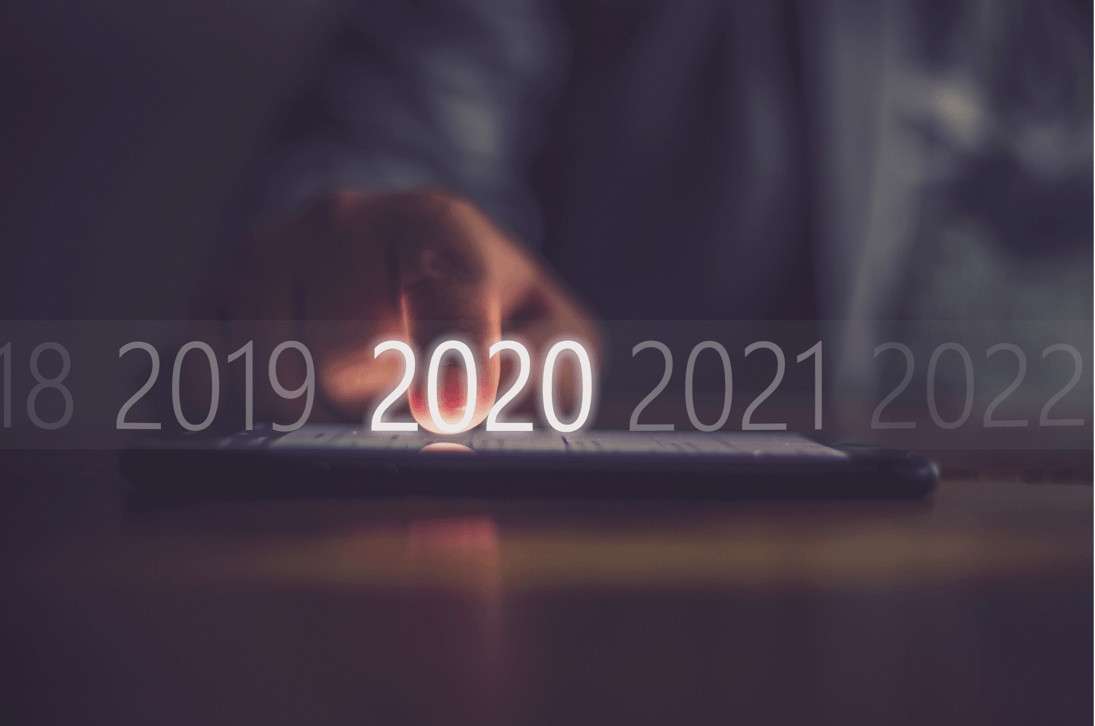If you have a Smartphone or tablet, when was the last time you used your home desktop or laptop? Why would you need to use these devices? You have access to information, emails, music, photos and social media all in the palm of your hand – and more importantly you do not need to wait two minutes for the machine to boot up. It’s all about the convenience and the time to information (CTTI) and it’s changing the way we think and act as well as our expectations.
Whether you know it or not you’re making better use of technology and you’re getting better value for the purchase cost when you use your Smartphone/tablet. These devices are simple to use. You can add apps at a reasonable cost (they just work every time) – and you don’t have to concern yourself about viruses, firewalls, internet setup, reboots and all the other headaches normally associated with PCs.
Convenience and Time to Information
The CTTI factor cannot be understated. It’s driving subtle changes in how we access information that can result in major shifts. Take the shift of Smartphone/tablet users going from using search engines and websites to mobile apps. Today’s typical online shopper no longer wants to go on the Internet, find the site of their favorite store and then hunt through a myriad of pages to buy the latest hot item. They want the store to provide an app for that purpose. One tap and they’re receiving the latest promos and shopping. What’s the implication of this shift? I read an article recently indicating that Google sees its biggest competition coming from online shopping (Amazon) and, by extension, other enterprise apps. It makes perfect sense: as apps proliferate, the potential for Google’s search ad revenue decreases.
Technology Fit for Purpose
Tablets provide a better technology fit for purpose (TFP) than desktops and laptops. For years consumers have been purchasing more computer hardware/software power than was necessary for the tasks they performed on the home PC/laptop. Smartphones and tablets provide a significantly better return on technology (ROT). In most cases, the standard shipped apps for email, Internet, phone, photos and music provide only the functionality necessary to fulfill their purpose. How many times at home have you ever used the macro feature in MS word or Excel? Or, for that matter at work? My best guess is most people (unless your kids are into streaming online video games) probably use 20 – 30% of the functions and power on their home PC – and that’s only when it’s turned on.
User Friendliness
Tablets and Smartphones take user friendliness to the next level. It was unheard of in the past to deliver an IT device without a user manual. Now this is the norm. The complexity of the technology is hidden to improve the user experience. The most complicated step is entering your wireless key (if you have one) on setup. There is an inherent confidence and expectation that users anticipate with each app. The app must be easy to use, functional and work every time. My iPhone has survived three major OS upgrades in the past three years and still works just fine. I do not need to find or be a computer geek.
Enterprise Benefits
Consumers are benefiting, what about the enterprise? Most look at the Smartphone/tablet as the new enterprise mobile solution. But there’s value in using these devices within the “bricks and mortar” or firewall of the enterprise.
It’s ironic to hear the term Consumerization of IT in the context of Smartphones and tablets in the enterprise. For years, Enterprise IT has been influenced by consumers’ use of technology. It’s been 20 years or so, but before Microsoft was “an Enterprise Company” they sold the OS for personal computers. The PC influenced the decentralization of IT within the enterprise. The enterprise Intranet and zero-deployment solution was driven by the evolution of the World Wide Web. There is historical precedence for the use of consumer technology within the enterprise.
In any enterprise, time is one of the most valuable commodities. So it’s a no brainer: the CTTI benefits of the tablet within the enterprise are self-evident. But what about the TFP and ROT (if you do not recall, this is technology fit for purpose and return on technology)? There are benefits to be gained here as well, but there’s a caveat. This caveat relates to who the potential enterprise tablet user (ETU) is.
The ETU needs to fit a certain profile. They are not using technology (PC and laptops) to create a deliverable. So we need to exclude from the ETU population folks like admin assistants, accountants, programmers, graphic designers etc. The ETU uses technology to assist their primary job function. These users include directors, CSRs, sales reps, warehouse workers, etc. They need to access/update/process information in enterprise systems or data stores. They need access to email, IM and the Internet. The needs of these users align with the CTTI and TFP benefits of the tablet.
Return on Technology
The ROT of Smartphone and tablets can translate into cost savings and a reasonably tangible ROI for enterprises that have a large ratio of ETUs in their technology user base. The potential ETU today has a laptop or desktop equipped with Outlook, IE and MS Office. There’s a mix of Window XP and Windows 7 machines operating on a wide variety of hardware. They are no different from the home computer user of today: they have more power than what is needed for the tasks they need to do on the machine.
If you’re a CIO/CFO, do this exercise: calculate the cost of acquiring, licensing, supporting and maintaining each ETU’s laptop/PC (my guess it is somewhere in the region $400 – $600 per year over a five year life span). The TFP and ROT of a tablet should bring the cost down to $150- $200 per annum. You’ll need to invest in acquiring or developing mobile enterprise apps or tablet ready web pages that will deliver the functionality the ETU currently enjoys, such as interacting with the enterprise’s back-end systems. For even larger gains these tablet apps/web pages should be designed with CTTI in mind. Then do the ROI calculation. The larger the ETU base the greater the ROI.
Consumers have seen the benefits. Smartphones and tablets are out selling laptops and PCs. In recent surveys, 80 -90% of CIOs are reviewing tablets and the role they can play in their enterprises. Microsoft is not investing in the Surface without good reason. Enterprises can reap CTTI and tangible ROI benefits of Smartphones/tablets by targeting solutions to users where these devices are a good technological fit for purpose.

























